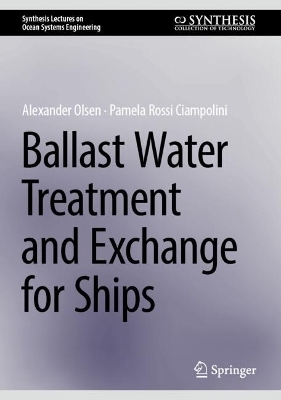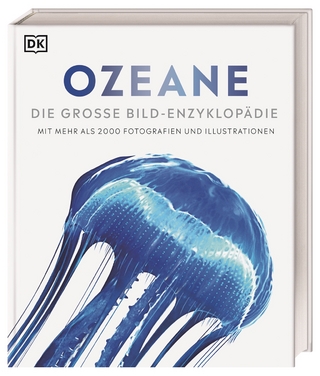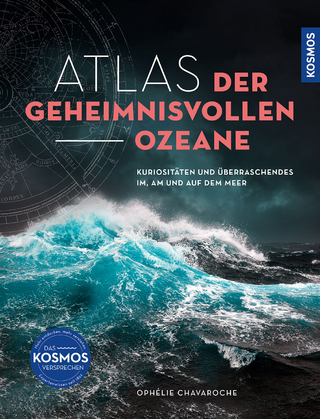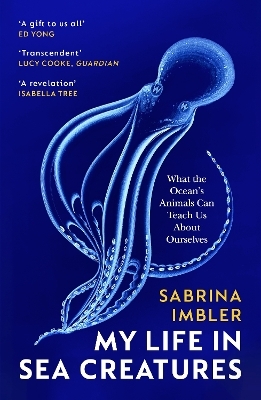
Ballast Water Treatment and Exchange for Ships
Springer International Publishing (Verlag)
978-3-031-56244-0 (ISBN)
The inadvertent transfer of harmful aquatic organisms and pathogens in the ballast water of ships has been determined to have caused a significant adverse impact to many of the world's coastal regions. The international maritime community, under the auspices of the IMO has developed several documents, including the "International Conventions for the Control and Management of Ship's Ballast Water and Sediments, 2004", (Ballast Water Management Convention), which are aimed at preventing the introduction of unwanted aquatic organisms and pathogens through the discharge of ballast water and sediments. The Ballast Water Management Convention applies to vessels registered in a country which is party to the Convention and to those vessels registered in other countries when operating in the waters of a country which is party to the Convention. As a means to prevent, minimize and ultimately eliminate the risk to the environment, human health, property and resources arising from the transferof harmful aquatic organisms and pathogens through the control and management of vessel's ballast water and sediment, as well as to avoid unwanted side-effects from that control, the Convention requires vessels to conduct a ballast water exchange or be fitted with an approved ballast water management system. It is noted that several studies have shown that the effectiveness of ballast water exchange varies and is dependent on the vessel type (design), exchange method (sequential, flow-through and dilution methods), ballasting system configuration, exchange location, weather conditions and vessel's trading pattern. For these reasons (and others), it has been determined that ballast water exchange does not provide adequate protective measures to prevent damage from organisms and pathogens carried in a vessel's ballast, even though exchange was considered to be acceptable as an interim solution.
This book includes updates for the clarification of Survey requirements and adds the definition of biological commissioning, testing as well as requirements for Class approved Service Providers to conduct biological commissioning testing. Moreover, this book includes updates due to the adoption of the requirements from IACS UR M74, Rev. 2 and UR F45 and is applicable for existing ships, where an application for approval for the plans of BWMS is made on or after 1 July 2022; or for new ships contracted for construction on or after 1 July 2022.
Alexander Arnfinn Olsen is employed as a Senior Consultant for RINA SpA, the Italian national ship registry. He has developed training and professional development for Defence and maritime customers for almost 10 years. Alexander has a maritime background having worked at sea for the merchant navy as a deck officer on container ships.
Pamela Rossi Ciampolini is a senior Training Officer for a maritime school. She has worked both on and off oceangoing ships for the past 30 years.
Chapter 1 - Classification and documentation.- Chapter 2 - General requirements.- Chapter 3 - General system-related and installation criteria requirements.- Chapter 4 - Ventilation system-related and installation criteria requirements.- Chapter 5 - BWMS installations in hazardous areas on the deck of oil carriers, chemical carriers or tank barges.- Chapter 6 - BWMS installations in steering gear compartments.- Chapter 7 - Structural considerations and the effects of corrosion.- Chapter 8 - Ballast system infrastructure.- Chapter 9 - Electrical systems and instrumentation.- Chapter 10 - Ballast water separation and treatment systems.- Chapter 11 - Personal protective and firefighting equipment and arrangements.- Chapter 12 - Considerations for oil, gas and chemical carriers and tank barges.- Chapter 13 - Operational management.- Chapter 14 - Ballast water exchange requirements.- Chapter 15 - Ballast water exchange system design and construction.- Annex - Ballast water management plan.
| Erscheinungsdatum | 17.05.2024 |
|---|---|
| Reihe/Serie | Synthesis Lectures on Ocean Systems Engineering |
| Zusatzinfo | XXI, 202 p. 86 illus., 46 illus. in color. |
| Verlagsort | Cham |
| Sprache | englisch |
| Maße | 168 x 240 mm |
| Themenwelt | Naturwissenschaften ► Geowissenschaften ► Hydrologie / Ozeanografie |
| Technik ► Fahrzeugbau / Schiffbau | |
| Technik ► Maschinenbau | |
| Technik ► Umwelttechnik / Biotechnologie | |
| Schlagworte | Ballast water • International Maritime Organisation • Maritime Law • Water pollution • water protection |
| ISBN-10 | 3-031-56244-5 / 3031562445 |
| ISBN-13 | 978-3-031-56244-0 / 9783031562440 |
| Zustand | Neuware |
| Haben Sie eine Frage zum Produkt? |
aus dem Bereich


